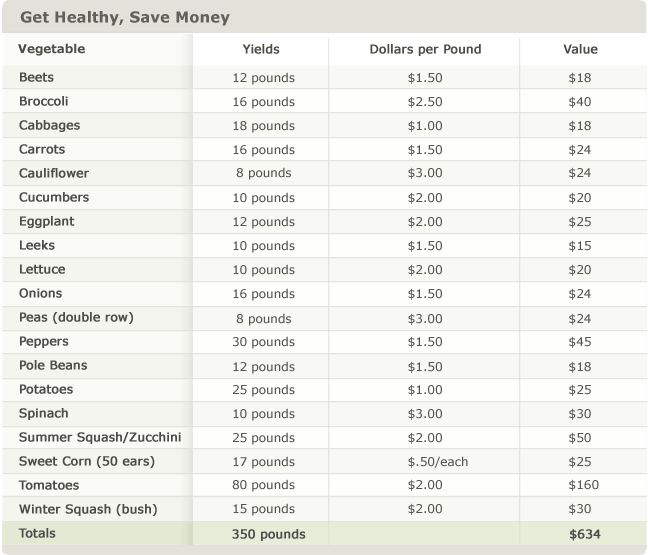Does your hair need some TLC? Most commercial hair products rely on drying ingredients like alcohol, sulfates and silicone to control hair, which can throw your hair’s natural pH out of balance. Learning a few DIY tricks to use occasionally at home can be just the thing to give your hair a pick-me-up, and keep it looking fabulous, naturally.
Get super clean & shiny
Using conditioner and styling products gradually creates a buildup on strands of hair, a thin film of non-water soluble materials that makes hair appear dull and heavy. Shampoo alone will not remove this buildup. You can spend a lot of money on products marketed to remove it, or you can use this simple time-honored recipe for the same:
DIY hair clarifier: 2 tablespoons apple cider vinegar, 1 quart fresh water
Mix ingredients together, shampoo hair thoroughly and rinse, then work cider vinegar mix into hair and rinse. Follow with another round of shampoo to slough off loosened buildup and condition as usual.
Condition deeply
Your scalp and body produce a natural moisturizer: oil. Therefore it isn’t surprising that oil-rich fruits, nuts and seeds have great moisturizing benefits for hair and scalp. They are speaking your hair’s moisture language! Depending on your hair type, try one of the following recipes:
Curly hair: 4 tablespoons coconut oil, 2 tablespoons honey
Place coconut oil and honey in a small plastic bag, submerge in a cup of hot water until warmed. Apply to hair and leave on 20 minutes, shampoo and rinse.
Straight hair: 1 egg yolk, 1/2 teaspoon olive oil, 3/4 cup lukewarm water
Beat egg yolk and oil, slowly beat in water. After shampooing, massage mixture into hair and leave on for 5-10 minutes before thoroughly rinsing.
Thick or wavy hair: 1 mashed avocado, 1 cup coconut milk
Heat avocado and coconut milk until warm and combined. When cool enough, massage into hair and let sit for 15 minutes. Shampoo and rinse.
Treat your hair to tea
Lots of products say they contain “herbal infusions” but what does that mean? Herbal infusions are basically teas for your hair. Since hair is absorbent it can benefit from the high mineral content and therapeutic value of some herbs. The following are suggestions for DIY herbal rinses that can treat common hair issues. If you can brew tea, you can make these!
Select one or two herbs from the lists below to achieve desired results:
Boost body & shine: Calendula, horsetail, nettle, parsley, rosemary or sage
Treat dandruff: Burdock root, chamomile, parsley, thyme, rosemary
Control excess oil: Lavender, lemon balm, lemongrass, mint, witch hazel, yarrow
Moisturize and smooth: burdock root, comfrey, lavender, marshmallow (root), parsley, sage
To make the rinse, pour 2 cups of boiling water over ½ cup of herbs and cover loosely. Steep until water has cooled (up to 24 hours), then strain the herbs out and funnel the liquid into a clean squeeze bottle or empty, rinsed shampoo bottle. After washing and conditioning hair, thoroughly soak hair with herbal infusion. Ring out excess, but do not rinse. Dry and style as usual.
Common sense caution
When using an herb or oil on skin or hair for the first time, do a patch test on the inside of your arm to check for allergic reactions. Even ingredients you are used to eating can react differently when applied to skin. Recipes require adult supervision, children should ask for help before trying this at home.









